As you probably know, marketing and sales funnels are among the bullet tactics that almost every modern business should adopt. Why ‘bullet’? Because they have a straightforward trajectory. They don’t waste time with clumsy marketing trials and errors that end up all over the place. Here’s the thing, though: They don’t mean much if there’s not a specific audience associated with them. Not so surprising, is it? Regardless of the funnel type, you’re bound to integrate an audience. Because, at the end of the day, the whole funneling process is nothing but the representation of the journey an audience takes part in.
But what is meant here by the term audience? Potential followers, leads, prospects, customers… namely, the group of people you’re trying to attract to your orbit. So our central question of the day is: How to target an audience with a funnel? But before heading to that, let’s start with some basics.
What Is a Target Audience?
We have already sketched some elements of the answer in our introduction. Let’s, however, try to comprehend the concept a little better since it’s one of the primordial ones for almost any industry.
A target audience is, above all, a group of people who have certain characteristics in common. Most typically, these characteristics are related to demographics (such as age, gender, place of residence, profession, income, etc.) and behavioral patterns (such as buying habits, preferred brands, preferred communication tools, etc.).
Among those groups of people who share similar traits, some are likely to be of interest to your business. Which ones? Well, that would obviously be those whose traits match your products and services the most. Say, if you own a kids’ designer brand, you would probably not want to concentrate your efforts on boomers. Or you would, but more like secondary targets at most (as ‘sponsors’, so to speak). Within the same logic, targeting steakhouses would not be your first choice if your business is about vegan products.
In short, a target audience is a specific group of consumers to whom you want to promote your professional activity. And you want to do so because you believe what you have to sell or offer matches their needs.
How to Find Your Target Audience?
At this point, there are a few questions you should ask yourself: Who are the target audience you’d better focus on? Where are you the most likely to spot them? Furthermore, how can you combine this search with the business model known as a funnel?
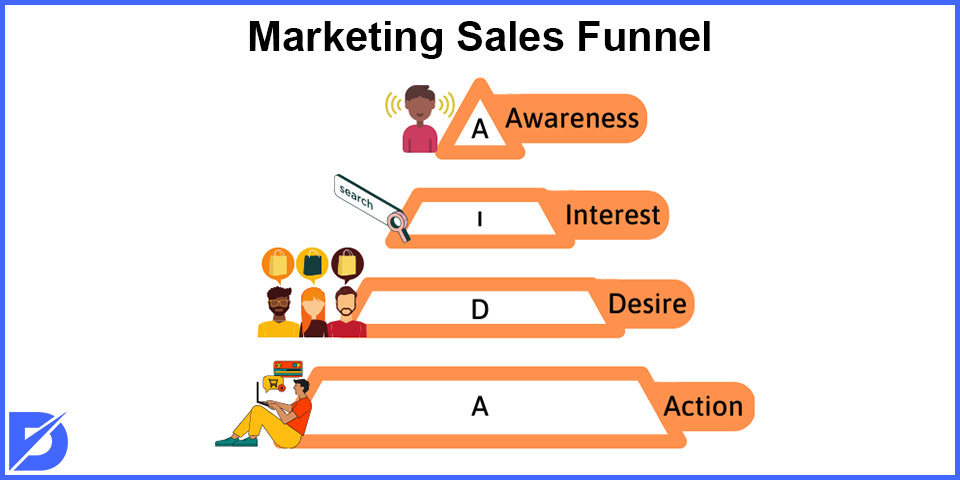
What we already know is the general functioning of funnels. Roughly said, there’s a process divided into stages that goes narrower and narrower from top to bottom. Just like a funnel, in the most literal sense of the term. It starts with an awareness-building stage and gradually makes its way to final action (e.g., a purchase from the customer). For example, one of the best-known hierarchical funnel models, AIDA is the abbreviation of this process: awareness -> interest -> desire -> action.
Let’s see how to target the audience with a funnel during each main stage. We are already familiar with what is funnel, but now, we need to determine the steps of a funnel.
Top of the Funnel (TOFU) Strategies
To be fairly honest, this might not be the easiest phase. Why? Because you and your brand might still be perfect nobodies in the eyes of the public. A slightly better scenario: Some people may have vaguely heard about your business without knowing what it’s about. This is the time to jump into the market with both feet. You have to keep things large enough yet goal-oriented.
Broad audience targeting is a technique that can help you in that regard. The optimal environment where you can carry it out is social media. Facebook, Instagram, or, say, TikTok may connect you to large groups of people interested in your industry or niche. You can still reach out to them if they know nothing about your company because you’re offering what they’re looking for. Needless to say, keywords are an essential component of this strategy. Most social media pro settings allow you to define the broad audience you want according to features like size, demographics, location, etc. Keep that ‘ideal audience’ large enough to increase your chances.
Creativity is, without a doubt, another ally to adopt at this stage. What do we mean? Regardless of the support you choose (social media, street billboards, or whatever else), you need to come up with something catchy. You should also take detours, so to speak. Indeed, it’s not the right time yet to start talking about your prices and actually trying to sell. First, take the time to craft some creative content to awaken people’s curiosity. Make them want to know more about your brand.
Middle of the Funnel (MOFU) Strategies
Have some people already contacted you and expressed interest in your products? Great! Time to strengthen that connection.
Retargeting is a cookie-based advertising strategy that feeds on the interest displayed by the people, as mentioned earlier. Even if they haven’t contacted you directly, the visits they paid to your website or app leave a trace. Thanks to a specific JavaScript code, you keep following those visitors in many other places across the web. They start seeing your ads here and there, which remind them of your brand and hopefully lead them to new interactions, even purchases from you.
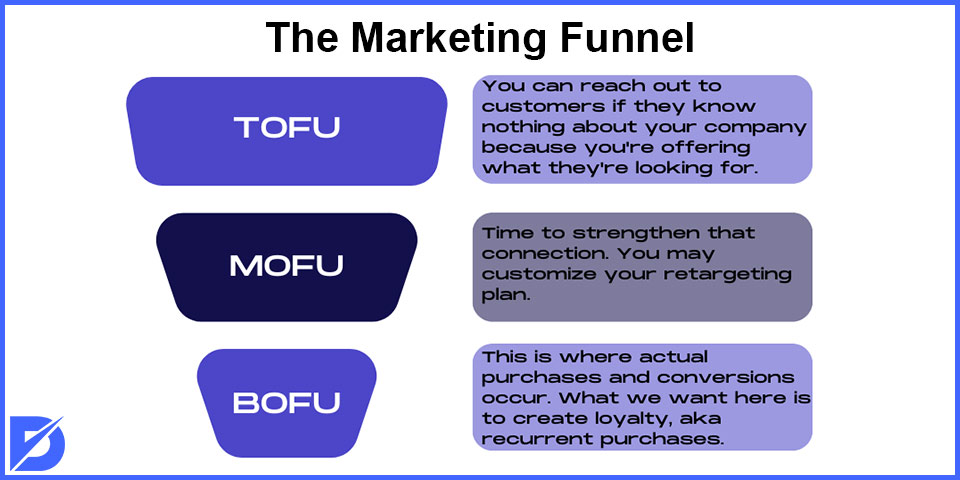
This process is automated for the most part. For example, the pixel setup and the SDK (software development kit) allow you to record events on Facebook. Add to Cart, Add to Wishlist, and View Content is meaningful for obvious reasons.
You may customize your retargeting plan via your CRM (customer relationship management) software. This database stores every previous interaction and information left by your audience. From there, you may refine your roadmap and (re)contact the most promising prospects.
In a more general sense, you may also use remarketing that encompasses similar but slightly more traditional methods like email campaigns.
Bottom of the Funnel (BOFU) Strategies
The ending phase of the buyer’s journey is perhaps the most interesting but critical one. This is where actual purchases and conversions occur. Thus no mistake is allowed, if we may say so.
For those wondering how to target an audience with funnel endings in an effective way, we have one word: complementarity. What we want here is to create loyalty, aka recurrent purchases. And for that, your customers should be able to find more than only one product or service to buy from you. One simple vanity example: If they bought lipsticks from you, why not try to sell them your new collection of blush too? You get the idea, don’t you?
Once again, social media can be a valuable support here. Some platforms like Facebook allow you to use dynamic ads. And when you opt for a complementarity strategy, cross-sells and upsells made via those ads are getting ‘recorded’. In other words, the platform learns about your products and then proposes the right ones to the right audience.
One of the recommendations that can be made is to focus on your best-selling products before everything else. Indeed, once you have a ‘winning formula’, you should exploit it as much as possible.
The other important point is timing. Some audiences may be retargeted immediately after purchasing, while others will need extra time. This also depends on the type of product that you are commercializing. So take the time to test different spans and see what works best. 30 days? 2 months? Once you notice a pattern, you can fully integrate it into your marketing strategy.
Target Audience Examples
They literally come in all shapes and sizes, depending on your niche, product/service types, location, and other factors.
Let’s suppose you are selling protein drinks. High chance your target audience has the following features:
- A slight majority of male customers over female ones
- Age range: 16 to 35
- Sportive
- Interested in nutritional supplements
- Fond of social media pages focusing on sports and sport-friendly diet
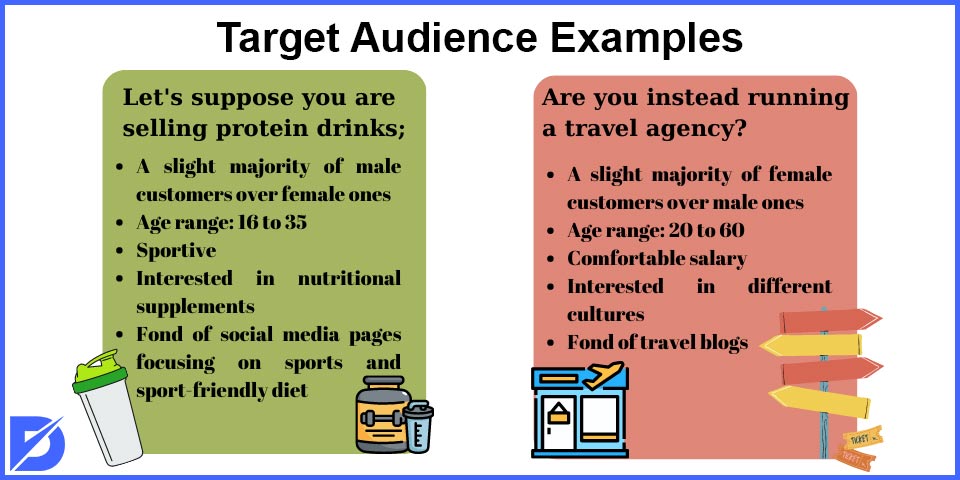
Are you instead running a travel agency? Then we may notice the following traits in your audience:
- A slight majority of female customers over male ones
- Age range: 20 to 60
- Comfortable salary
- Interested in different cultures
- Fond of travel blogs
We don’t need to multiply the examples here since we guess you see how it works. Besides, don’t take what we’ve just written as if it was set in stone. Trends are always subject to change. Your work will thus also be about keeping yourself updated about them. Follow carefully how your audience evolves. Take into account demographic details, but also their preferred communication mediums.
Another aspect you should pay attention to is the type of transaction you are aiming for. Is it a business-to-business (B2B) or a business-to-consumer (B2C) type? Depending on the answer, you may have to deal with totally different kinds of sub-audiences.
Target Audience and Funnels: A Promising Match
So how to target an audience with a funnel? At this point, you would probably agree with us if we told you that the keyword is organization. Furthermore, it’s also a matter of filtering. Funnels are the filter one needs to determine and approach a target audience effectively. At each level of your funnel, from top to bottom, you know exactly what to do and what to eliminate/set aside. Do you know what this means? That’s right: increased productivity and gains.
Frequently Asked Questions About
Determining a specific audience you wish to work with help keep your business more centered and focused. Instead of spreading around disorganized marketing efforts, you know better what to do when you have a target audience. The most simple reason is that you get a precise idea about what they are looking for, and thus you make your offers accordingly.
In such a context, the term quickly is a little vague and bound to remain so. It all will depend on your discipline and consistency. Sustained efforts and smart usage of the resources at your disposal (e.g., social media) will help you achieve your goal within a few months.
Yes, absolutely. CPA (cost per acquisition) shows you clearly how much you spent for each acquired customer. To be more exact, it’s a measure that lets you evaluate your actual gains. If you spent way more than you managed to convert, then there might be a problem somewhere. CPA is one of the elements telling you are (or not) on the right path regarding your marketing strategies.

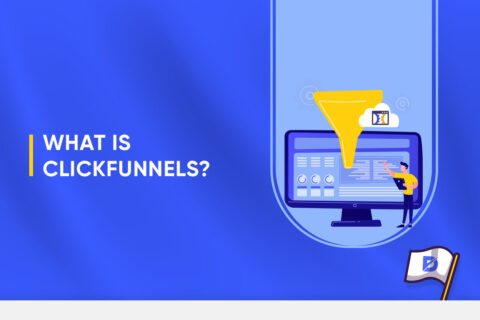
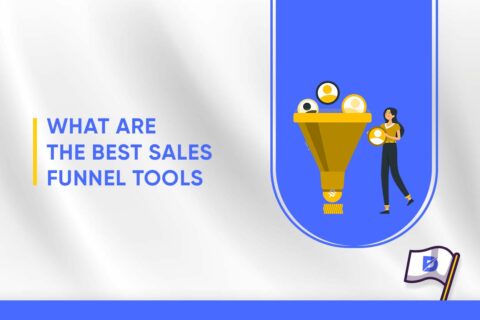


No comments to show.